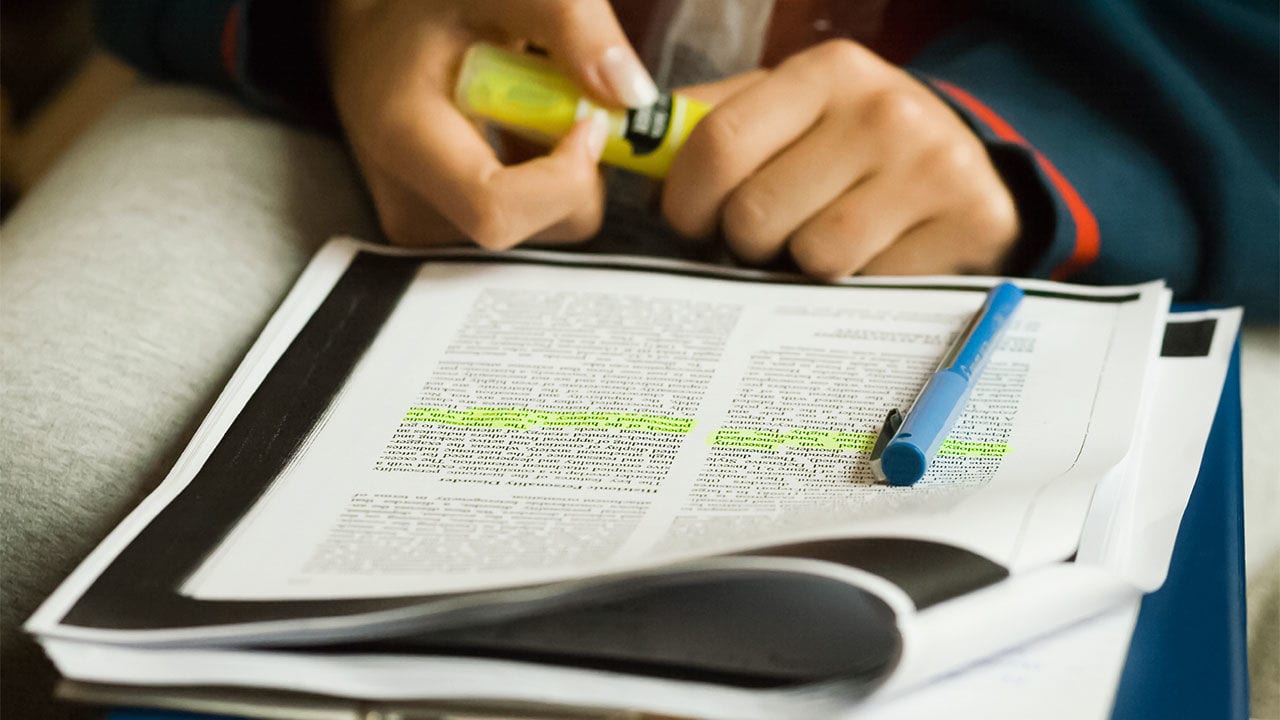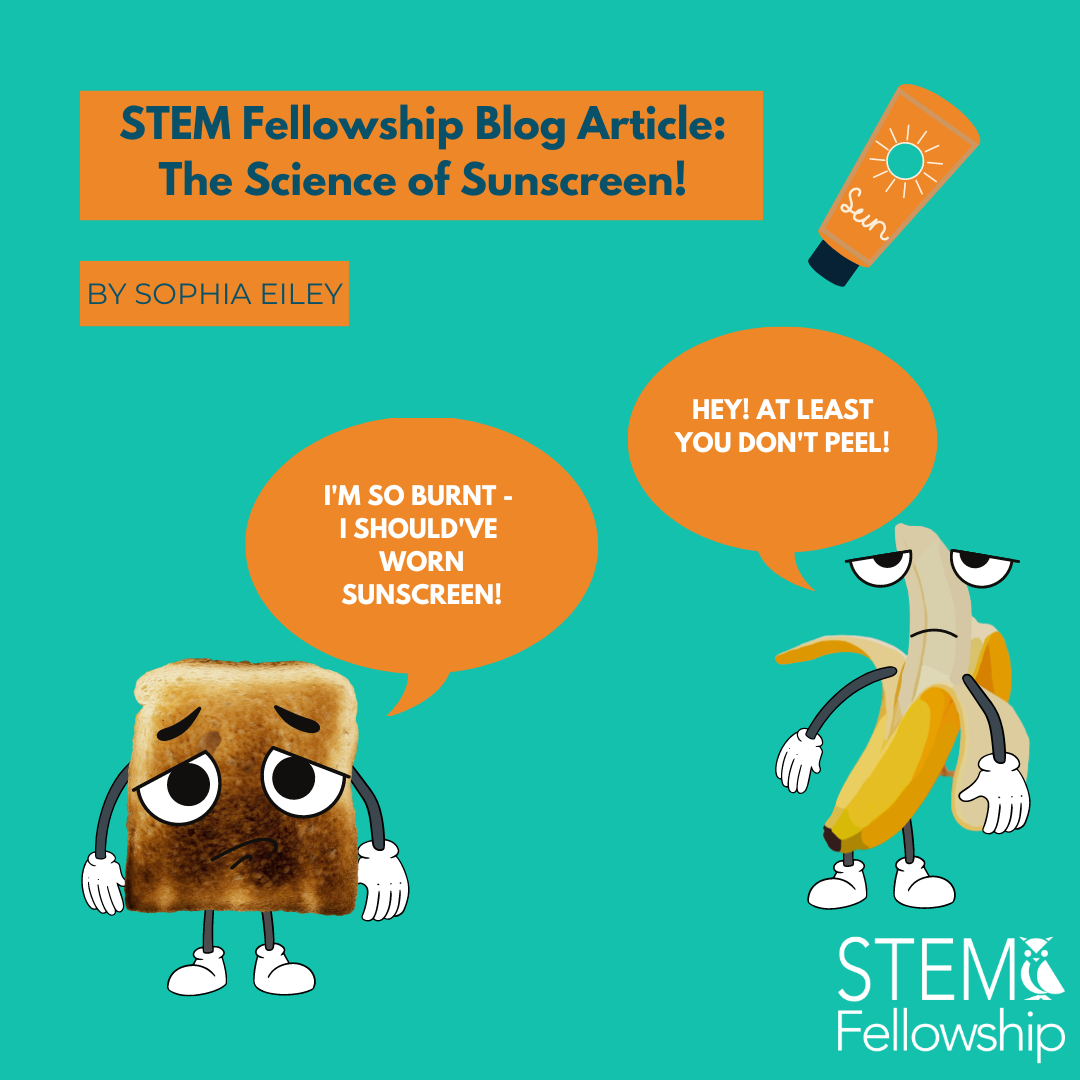By Aiman Altaf
Reading a research paper is an essential skill in high school and university, as it is required for many classes and independent research. Properly interpreting and deeply understanding a research paper takes a lot of practice, so we have compiled some tips to help you improve!
First Review
To begin, you should decide whether this paper is even worth your time, by determining the following pieces of information:
- Source: if the paper was published in a reputable and peer-reviewed journal it is more trustworthy.
- Researcher: note whether the researcher has published other papers, how many times they have been quoted, and whether they might have a stake in what they are writing about, which would make them more likely to be biased.
- Date of publishing: more recent papers are more relevant, especially if the field of research is fast-advancing. You should also consider whether global events or views at the time of publishing could have biased the research.
Typical Structure of a Research Paper
Abstract: this is the dense first paragraph that summarizes the whole paper, including the purpose and findings. It’s a good way to get the main points of the paper but can be very difficult as a starting point because it may contain so much information and difficult terminology.
Purpose: this section outlines the central question the paper is trying to answer and is usually short and easy to understand. The purpose may not be a separate section, but rather be included in the abstract and/or introduction; either way, it is really important for you to understand the purpose so you can know what key points to look out for while reading the rest of the paper.
Introduction: the introduction usually includes background information related to the topic of interest and insight into how the present research will build on this information and what it is trying to achieve.
Method: this is a detailed description of the steps taken to perform the experiment. This is usually beyond the scope of most high school and college courses, so you can skim over it. Sometimes there will be even more specific details at the end of the paper. Don’t get intimidated! These details are so other researchers can replicate the experiment later on.
Findings/Observations: This simply shows the findings from the experiment, and usually involves graphs and tables. The meaning of these findings is analyzed in the next section.
Analysis/Results: This section interprets the findings and offers the statistical validity of the results. Some common statistical measures mentioned are the p-value and r score. P-value indicates how likely it is that the results were simply due to chance, and a p-value of less than 0.05 is generally reliable. The r score is the correlation coefficient and indicates how strong of a relationship exists between two variables. The closer to 1 the r score is, the stronger the correlation. Some research papers may contain the Observations and Analysis sections combined under the subheading of Results.
Conclusion: The conclusion usually summarizes the purpose and the findings, and also offers some personal opinions/interpretations by the researchers. They usually also include the drawbacks of the experiment, possible sources of error and more. After reading this section make sure to critically analyze the findings and conclusions; do you agree with the researchers and do you believe the findings are valid?
Helpful Tips
- Read the paper twice or more to glean more out of it. Try the 3-pass approach!
In the first pass, you should read the title, abstract, and introduction in detail, along with the section headings and conclusion. Ignore the text written in the sections. At the end of this pass, try to answer the 5 Cs:
- Category (the type of paper): review, case study, etc
- Context: what background information exists?
- Correctness: how valid the assumptions and conclusion are
- Contributions: how this research will advance the field it is in
- Clarity: the quality of writing
In the second pass, read the paper in detail, paying careful attention to all figures and charts, and taking notes. It could take up to an hour to complete the second pass depending on the length of the paper, and at the end of this pass, you might still not fully understand the paper!
The third pass requires more critical analysis. You should consider how you would have conducted the experiment and analyzed the results if you had been the researcher, and also challenge all the claims the researchers have made. By the end of the pass, you should be able to summarize the research from beginning to end and also identify the strong and weak points the researchers have made.
- Don’t be scared to search up definitions of words or procedures you don’t know in a separate tab!
- Don’t rush! It’s really hard to work through the dense terminology of research papers, so it can be tough to skim the papers. If you’re really in a hurry, you can just read the abstract, introduction, and conclusion to get the main purpose, background
- To improve, try reading papers for practice on online journals like Sciencemag or Nature, especially if they’re about topics you’re interested in. As an extra step, try summarizing the purpose, method, and findings of each paper you read at the end, to check whether you truly understood it.
Reading and fully understanding papers takes a lot of practice and time, even for experts, so keep practicing and utilizing the tips mentioned above to improve! You will find that the critical analysis skills you build while reading papers will be really useful to you in school, your career, and beyond. Make sure to comment below any tips you personally use for reading research papers effectively!
Sources
Keshav, S. “How to Read a Paper.” Stanford.edu, Stanford University, web.stanford.edu/class/cs244/papers/HowtoReadPaper.pdf.
Raff, Jennifer. “How to Read and Understand a Scientific Paper: A Step-by-Step Guide for Non-Scientists.” HuffPost, HuffPost, 7 Dec. 2017, www.huffpost.com/entry/how-to-read-and-understand-a-scientific-paper_b_5501628.
Images:








